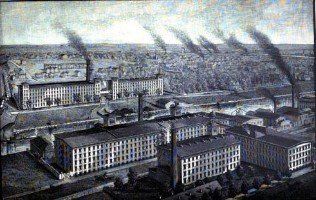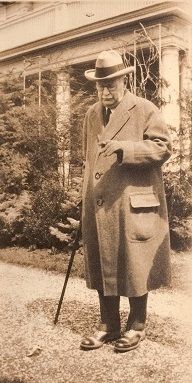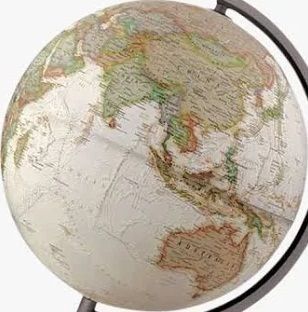


Douglas, Kenworthy, Sargent, the Swithemby, actually Swithenby brothers, Howarth, Smith, J. Spillane, Mitchell, McGurk, Hughes, Holden, Donnelly, Garron, Thornton and Swarbrick.
Walker, Johnston, Marsterton, Sinclair, Gold, Mitchell, Young, Lowe, Grant, Sinclair and McNeil. Kearny included Ferguson, Hood, Morris, a second Hood, Lennox, R. Raeburn, Hill, Bolton, Ashley, Taylor and Milner
McKendrick with Bowman, Brubacher, Fraser, Malcolm, Palmer, Lamport, Thomson, Gibson and a second Gibson and Forsyth
Hughes, Holden and Lennox, Hood and Swithenby, Turner, McGurck, Young, a second Swithenby, a second Turner and Lucas.
